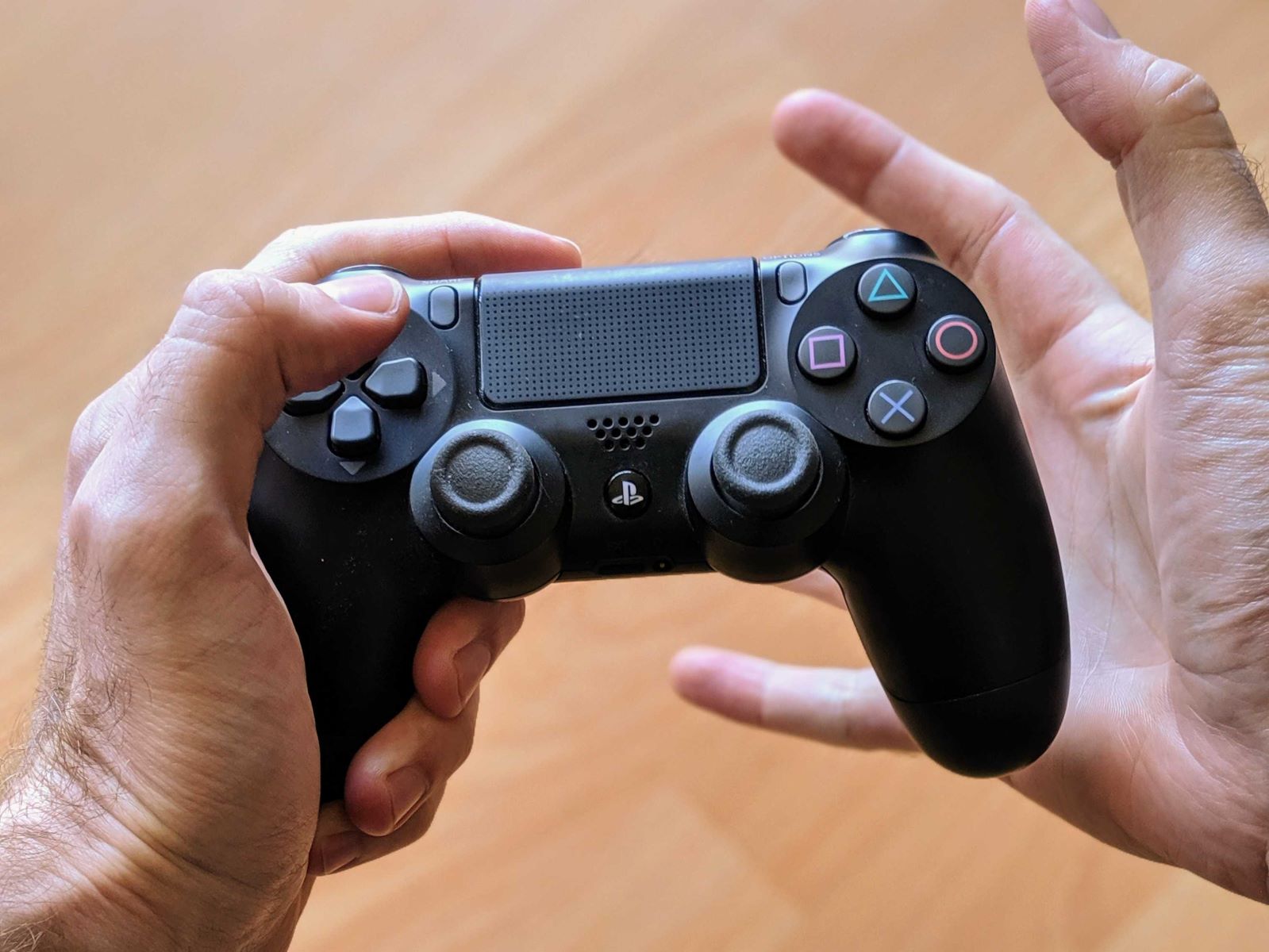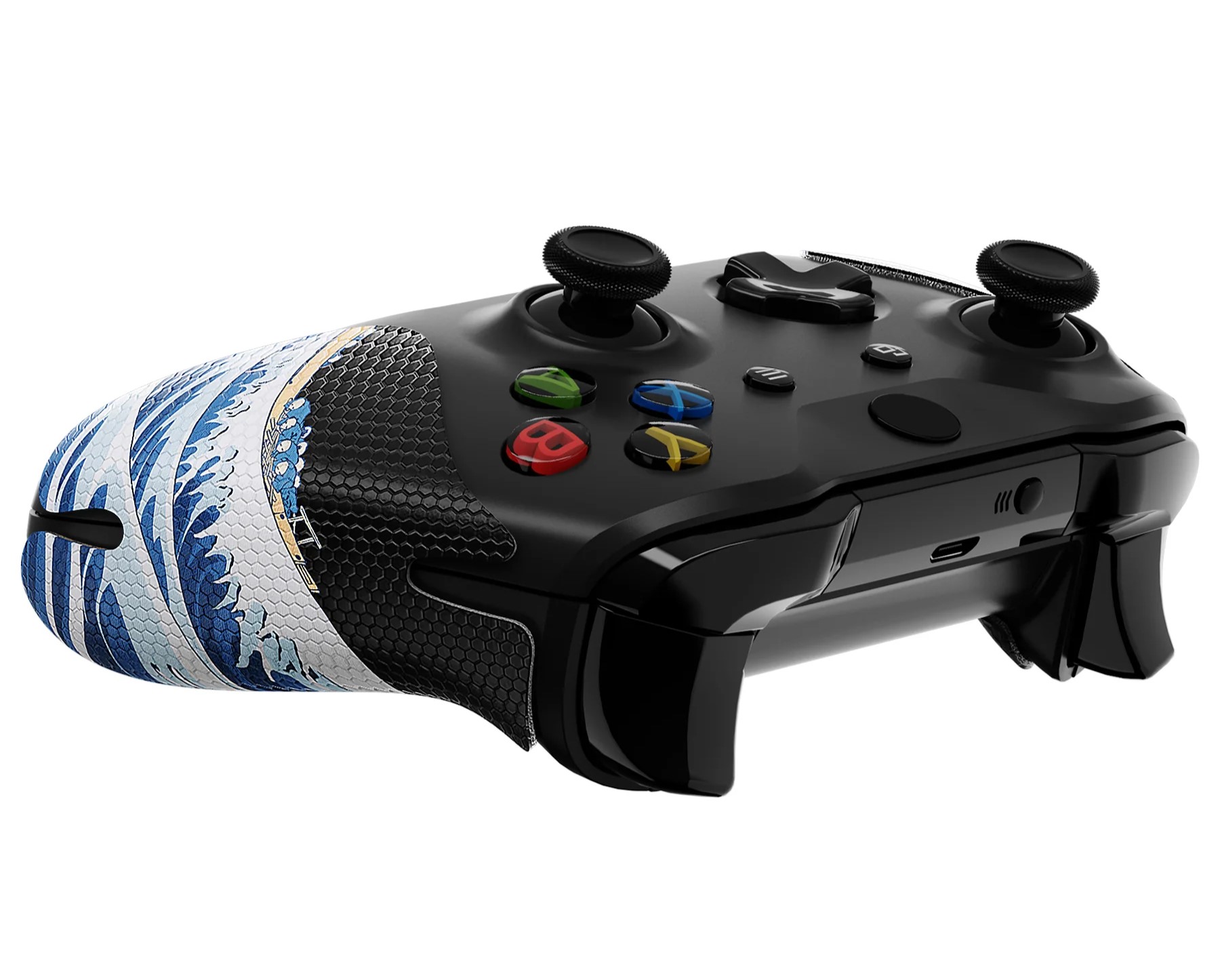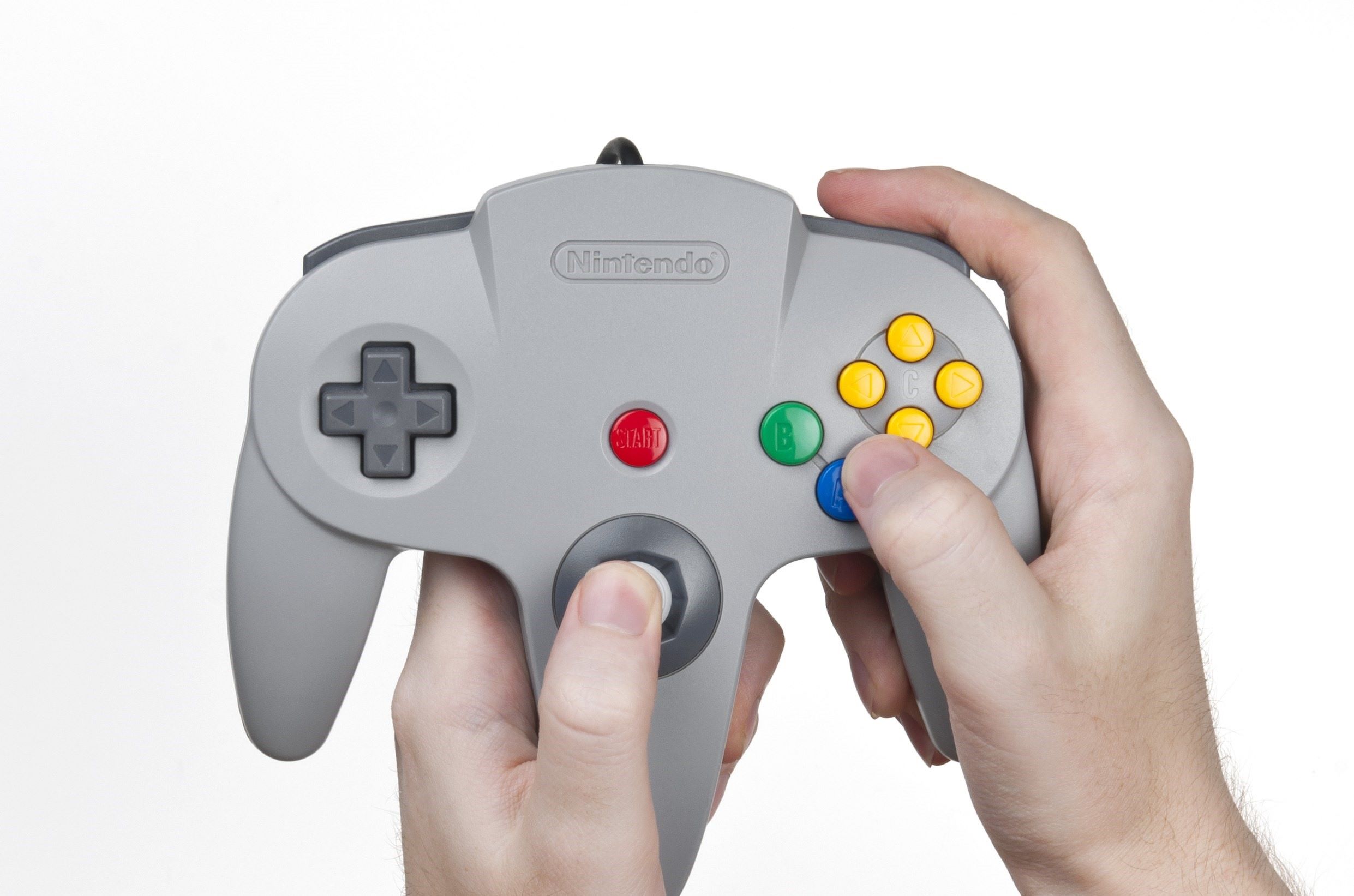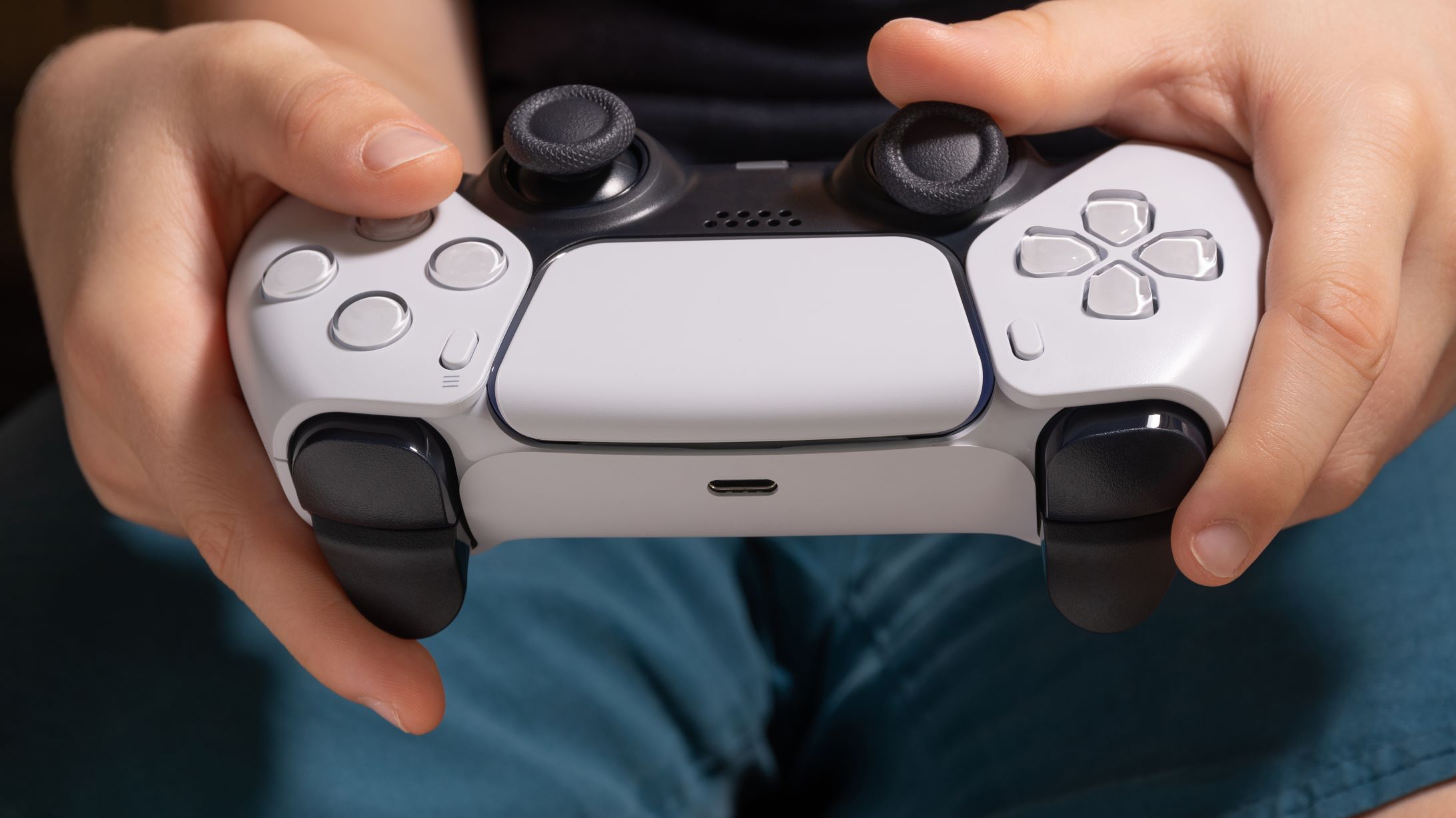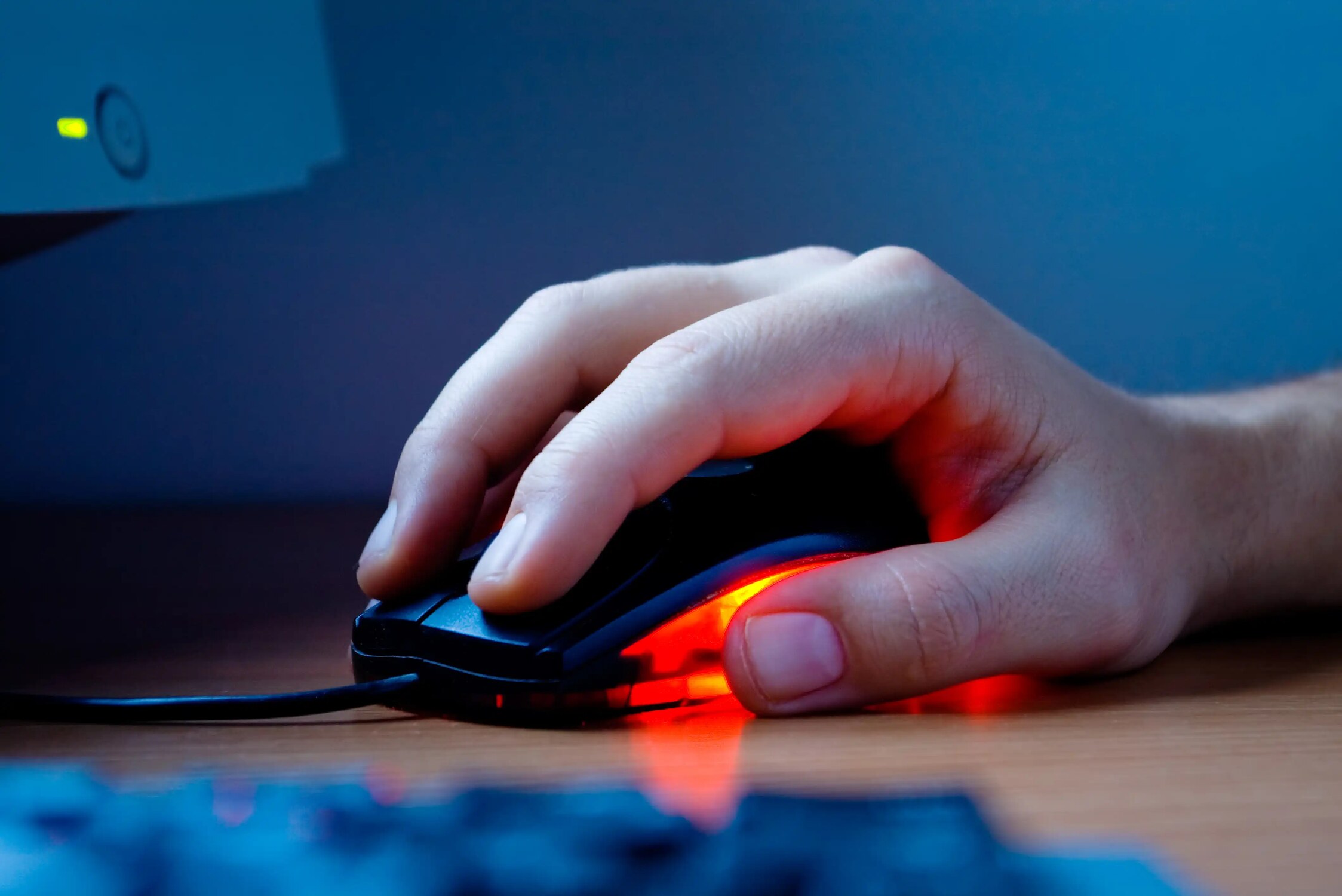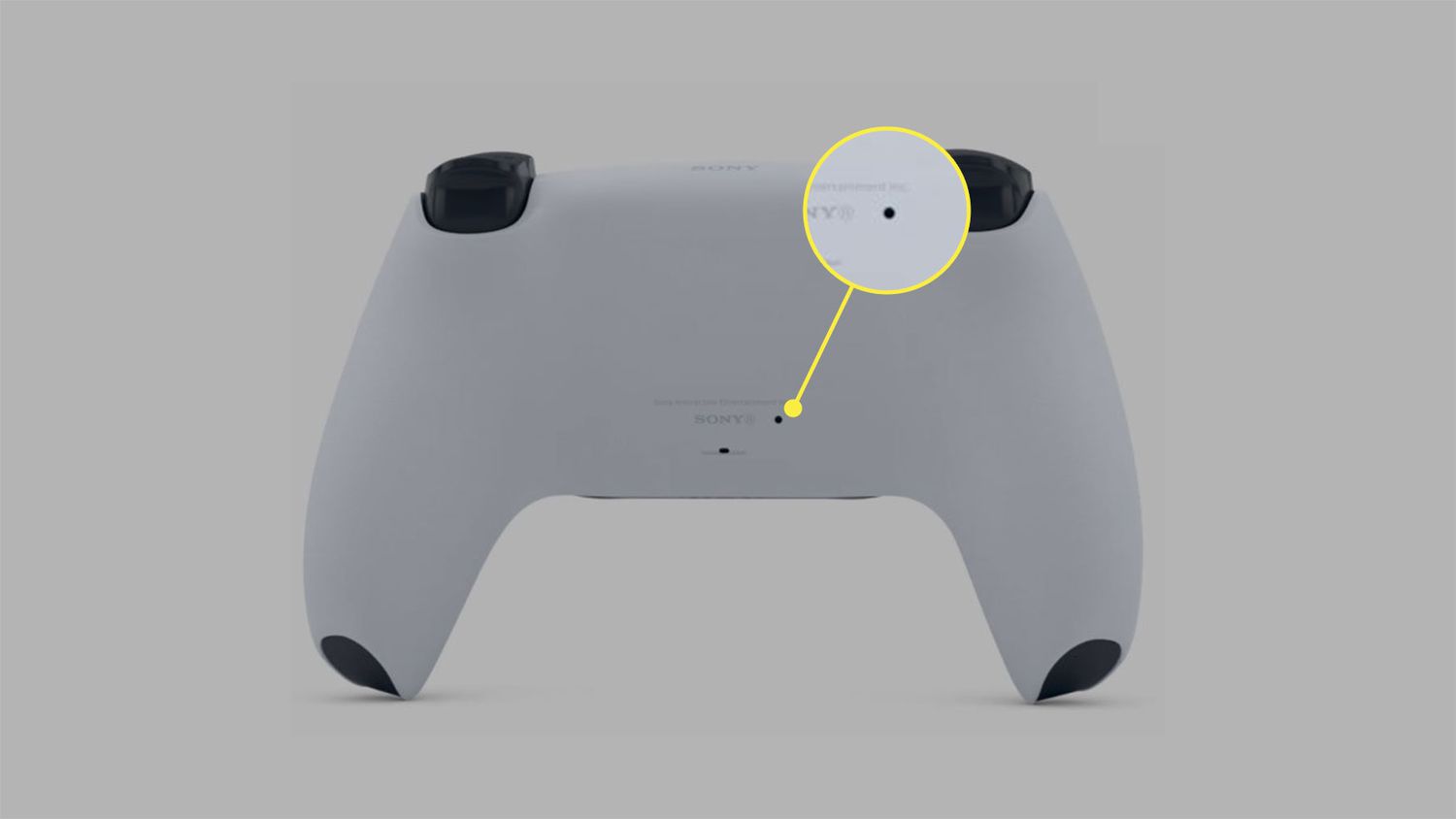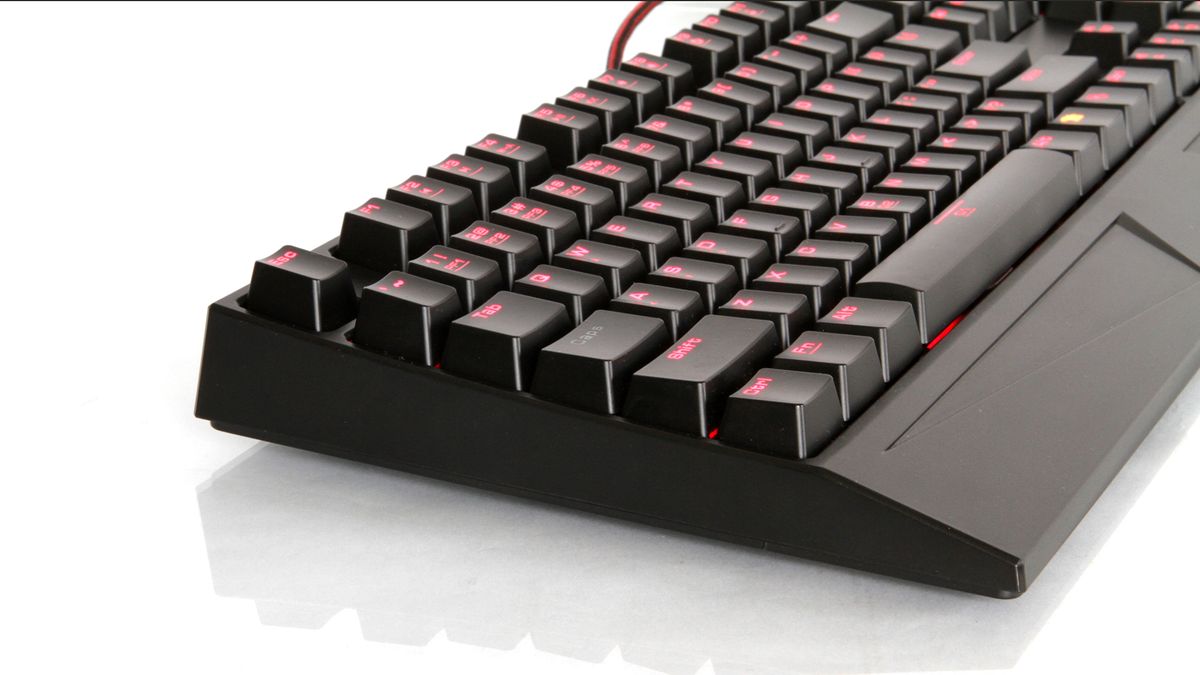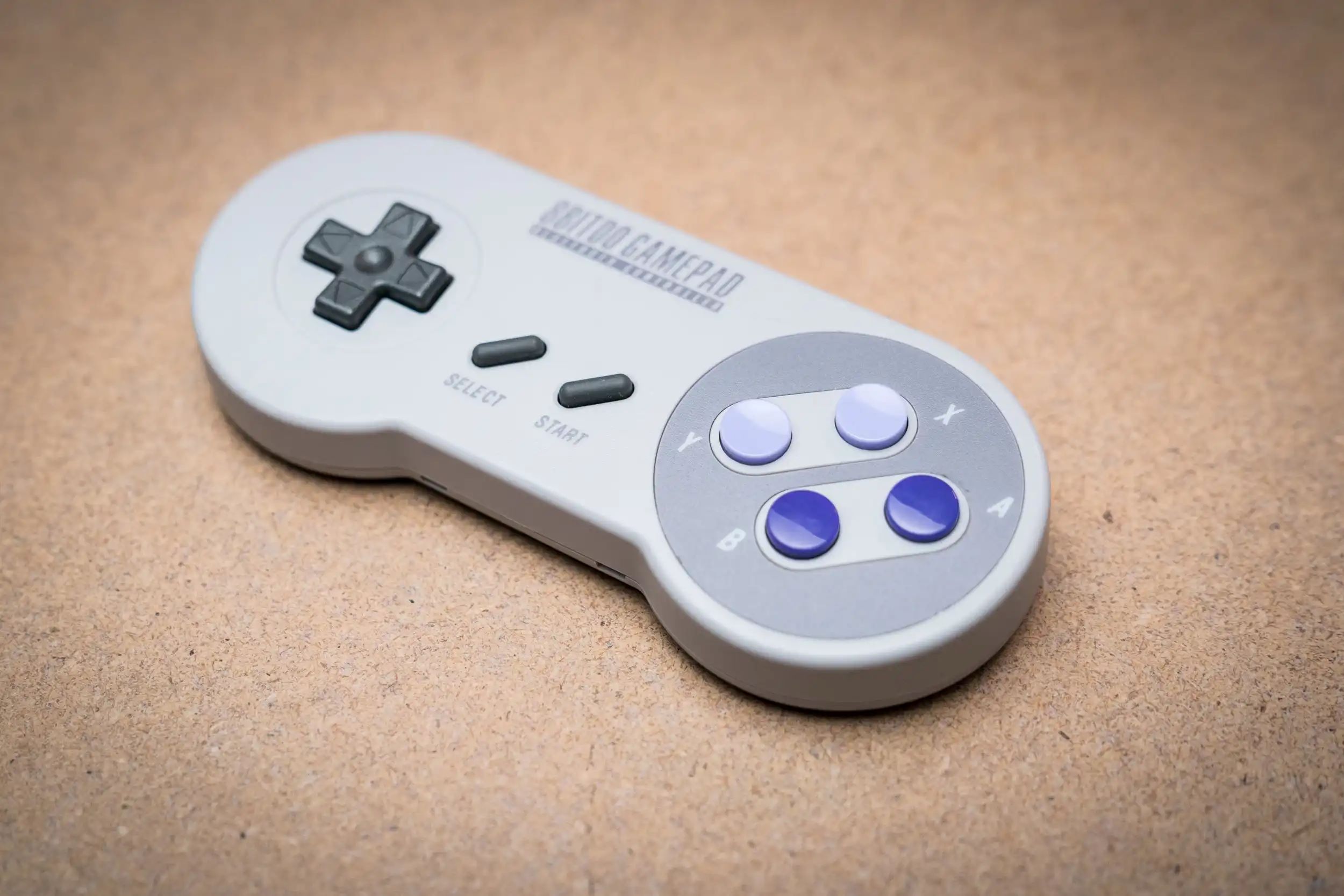Introduction
Introduction
When it comes to gaming, the way you hold a game controller can significantly impact your performance and overall gaming experience. Whether you’re a seasoned gamer or just starting out, mastering the art of holding a game controller is essential for precision, comfort, and control. The proper grip, finger and thumb placement, and wrist position all play crucial roles in enhancing your gameplay. Additionally, finding the right controller size for your hands is equally important to prevent discomfort and fatigue during extended gaming sessions.
Understanding the nuances of holding a game controller can make a world of difference in your gaming performance. This guide will delve into the intricacies of holding a game controller, offering valuable insights and tips to help you optimize your grip, enhance your dexterity, and elevate your gaming prowess. Whether you’re navigating through intense battles or embarking on epic adventures, mastering the art of holding a game controller will undoubtedly elevate your gaming experience to new heights.
The Proper Grip
Mastering the proper grip is fundamental to achieving precision and comfort while gaming. The way you hold the controller can significantly impact your control over the game, as well as your hand and wrist comfort during extended play sessions. The ideal grip strikes a balance between stability and flexibility, allowing for swift movements while maintaining a secure hold on the controller.
One of the most common and effective grips is the “claw grip,” where the middle, ring, and pinky fingers grip the underside of the controller, while the index finger and thumb rest on the front buttons and analog sticks. This grip provides optimal stability and control, especially during intense gameplay that requires quick reflexes and precise movements.
Alternatively, the “palm grip” involves resting the entire palm on the back of the controller, providing a more relaxed and comfortable hold. This grip is ideal for gamers who prefer a more laid-back gaming experience, as it reduces strain on the fingers and allows for longer gaming sessions without discomfort.
Experimenting with different grips and finding the one that feels most natural and comfortable for you is essential. Ultimately, the proper grip should allow for precise control, quick reflexes, and sustained comfort, enabling you to fully immerse yourself in the gaming experience without physical limitations.
Finger Placement
Effective finger placement on the game controller is pivotal for executing commands with speed and precision. The positioning of your fingers directly impacts your ability to access buttons and triggers swiftly, thereby enhancing your gaming performance.
When using the traditional grip, the index fingers are typically responsible for pressing the shoulder buttons or triggers, while the middle, ring, and pinky fingers maintain a firm grip on the underside of the controller. This positioning allows for quick and seamless access to these essential controls, enabling rapid responses during gameplay.
For gamers utilizing the claw grip, the index and middle fingers play a crucial role in manipulating the front buttons and triggers, while the ring and pinky fingers provide stability and support from the underside of the controller. This finger placement facilitates swift and precise inputs, essential for competitive gaming scenarios where split-second decisions can make all the difference.
Furthermore, the thumb placement on the analog sticks or directional pad is equally significant. The thumbs serve as the primary input source for controlling movement and camera angles in most games. Maintaining a comfortable and responsive grip with the thumbs allows for seamless navigation and precise aiming, contributing to a more immersive and enjoyable gaming experience.
Ultimately, mastering finger placement on the game controller is essential for achieving fluid and precise interactions with the game, enabling you to execute commands seamlessly and respond swiftly to in-game challenges.
Thumb Placement
When it comes to gaming, the placement of your thumbs on the controller is crucial for executing precise movements and actions. The analog sticks and directional pad are the primary interfaces through which your thumbs interact with the game, making their positioning a critical factor in your gaming performance.
For gamers utilizing the traditional grip, the thumbs are typically responsible for controlling the analog sticks, which govern character movement, camera angles, and various in-game actions. Maintaining a comfortable and responsive grip on the analog sticks is essential for executing fluid movements and accurately navigating the game world. Additionally, the directional pad, often used for menu navigation and specific in-game commands, also requires precise thumb placement to ensure quick and accurate inputs.
Alternatively, for those employing the claw grip, the thumbs play a similar role in manipulating the analog sticks and directional pad, albeit with a slightly adjusted hand position. The ability to swiftly and accurately control these input devices is paramount for competitive gaming, where split-second decisions and precise movements can determine victory or defeat.
Furthermore, the positioning of the thumbs should prioritize comfort and responsiveness to facilitate prolonged gaming sessions without causing fatigue or discomfort. Adjusting the sensitivity of the analog sticks to suit your preferred thumb movements can further enhance your control and precision, contributing to a more immersive and enjoyable gaming experience.
Ultimately, mastering thumb placement on the game controller is essential for achieving fluid and precise interactions with the game, enabling you to execute commands seamlessly and respond swiftly to in-game challenges.
Wrist Position
The position of your wrists while holding a game controller significantly impacts your comfort, control, and overall gaming experience. Maintaining a neutral and comfortable wrist position is essential to prevent discomfort and potential long-term strain during extended gaming sessions.
When gripping the controller, it is important to keep your wrists in a relaxed and natural position, avoiding excessive bending or twisting. This allows for optimal blood circulation and reduces the risk of developing wrist fatigue or discomfort over time. Additionally, maintaining a neutral wrist position enhances your dexterity and responsiveness, enabling precise and fluid movements during gameplay.
For gamers utilizing the traditional grip, ensuring that the wrists are not excessively flexed or extended can prevent strain and discomfort, particularly during intense gaming sessions. The natural alignment of the wrists supports a more relaxed and sustainable gaming experience, minimizing the risk of repetitive strain injuries associated with prolonged gaming.
Similarly, for those employing the claw grip, paying attention to wrist position is crucial. The grip should allow for a natural alignment of the wrists, promoting comfort and control while engaging in fast-paced and demanding gameplay. Maintaining a balanced and relaxed wrist position enables gamers to remain agile and responsive, essential for competitive gaming scenarios.
Furthermore, taking regular breaks to stretch and rest your wrists can alleviate any tension or stiffness that may arise during extended play. Simple wrist exercises and stretches can help prevent discomfort and promote overall wrist health, ensuring that gaming remains an enjoyable and sustainable activity.
Ultimately, prioritizing a neutral and comfortable wrist position while holding a game controller is essential for optimizing your gaming performance and preserving the well-being of your wrists during prolonged gaming sessions.
Finding the Right Controller Size
Choosing the right controller size is crucial for optimizing comfort, control, and overall gaming performance. Controllers come in various shapes and sizes, and finding one that fits your hands comfortably can make a significant difference in your gaming experience.
For individuals with larger hands, selecting a controller with ample palm and finger support is essential. A larger controller allows for a more natural and relaxed grip, reducing the likelihood of hand fatigue during extended play. Additionally, larger controllers often provide more surface area for the palms and fingers, promoting better control and stability during intense gaming sessions.
Conversely, individuals with smaller hands may find larger controllers cumbersome and uncomfortable to use. Opting for a more compact controller that accommodates their hand size can enhance comfort and maneuverability, enabling precise and agile movements without feeling constrained by an oversized device.
Ergonomically designed controllers that conform to the natural shape of the hands can provide added comfort and support, regardless of hand size. These controllers often feature contours and grips that align with the hand’s natural resting position, reducing strain and promoting a more relaxed gaming experience.
Furthermore, considering the weight of the controller is important, as it can impact comfort during prolonged use. While some gamers prefer heftier controllers for a more substantial feel, others may find lighter controllers to be less fatiguing during extended play sessions. Finding the right balance of size and weight that suits your individual preferences and gaming style is essential for optimizing comfort and control.
Ultimately, finding the right controller size is a personal and essential aspect of enhancing your gaming experience. A well-fitted controller can minimize discomfort, promote better control, and allow you to fully immerse yourself in the game without physical limitations.
Conclusion
Mastering the art of holding a game controller is a fundamental aspect of optimizing your gaming experience. From the proper grip and finger placement to thumb and wrist positioning, each element contributes to your comfort, control, and overall performance during gameplay. By understanding the nuances of controller handling and finding the right fit for your hands, you can elevate your gaming prowess and immerse yourself fully in the gaming world.
Whether you prefer the stability of the traditional grip or the agility of the claw grip, the way you hold the controller directly impacts your ability to execute precise movements and actions. Experimenting with different grips and finger placements can help you find the style that feels most natural and comfortable for you, ultimately enhancing your gaming experience.
Additionally, paying attention to thumb and wrist positioning is crucial for maintaining agility and preventing discomfort during extended play. Ensuring that your thumbs have a responsive grip on the analog sticks and directional pad allows for seamless navigation and precise aiming, while maintaining a neutral wrist position supports long-term comfort and control.
Finally, finding the right controller size for your hands is paramount. Whether you have larger or smaller hands, selecting a controller that fits comfortably and supports your grip can make a significant difference in your gaming performance and overall enjoyment. Ergonomically designed controllers that align with the natural shape of your hands can further enhance comfort and control, allowing you to game for extended periods without discomfort.
By prioritizing the nuances of holding a game controller and finding the optimal grip, finger and thumb placement, wrist position, and controller size, you can unlock your full gaming potential. Embracing these fundamental techniques will not only enhance your gaming performance but also contribute to a more comfortable and enjoyable gaming experience overall.







